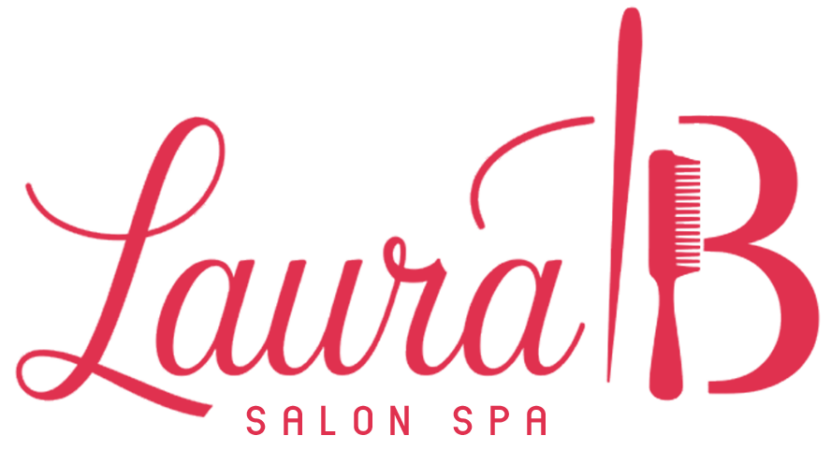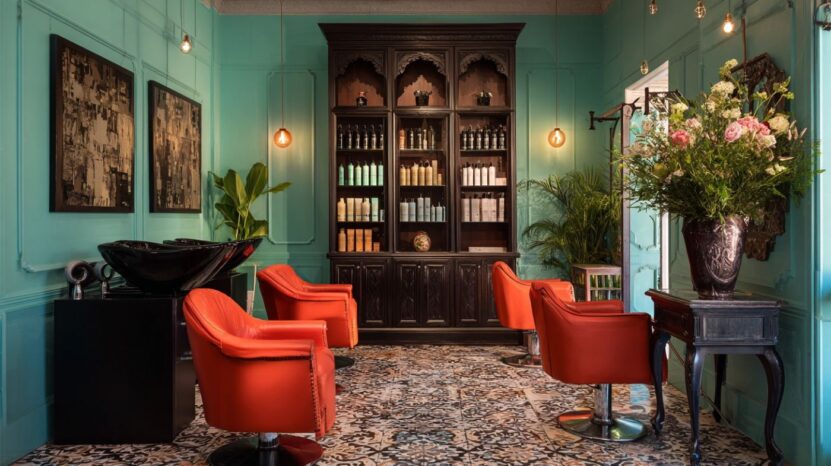A professional home salon setup can elevate the way clients perceive services, while also improving efficiency and comfort for both stylist and customer.
Creating a balanced environment that blends personal style with practical functionality ensures a polished image.
A carefully planned home salon can enhance client satisfaction, streamline operations, and reinforce brand identity, making each visit a truly memorable experience.
Without further ado, let us begin.
Define Your Concept and Brand
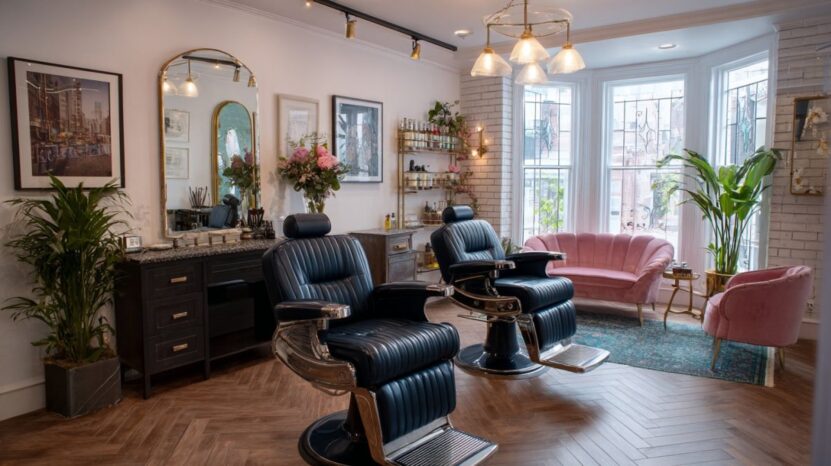
The style, ambiance, and even your service menu should align with the preferences of the audience you want to attract.
For instance:
- Luxury-focused clientele may gravitate toward opulent finishes, plush seating, and sophisticated lighting.
- Eco-conscious clients might appreciate recycled materials, soft natural textures, and abundant greenery.
- Trendy, youthful audiences often respond well to bold color accents, Instagram-friendly décor, and playful design elements.
Establishing your brand’s style message early means every design choice works toward a consistent brand voice, whether it’s minimalist simplicity, retro charm, or sleek modernity.
The consistency not only creates a polished in-person experience but also ensures your visuals translate powerfully online.
Competitor research can provide valuable insight into what resonates with your target audience and what design elements fail to engage them.
A simple review of their online presence, especially photos can reveal what is worth emulating and where you can differentiate.
Key aspects to focus on include:
- Target audience: demographics, lifestyle, and service expectations.
- Style direction: luxury, eco-friendly, minimalist, retro, industrial, or glam.
Brand visuals
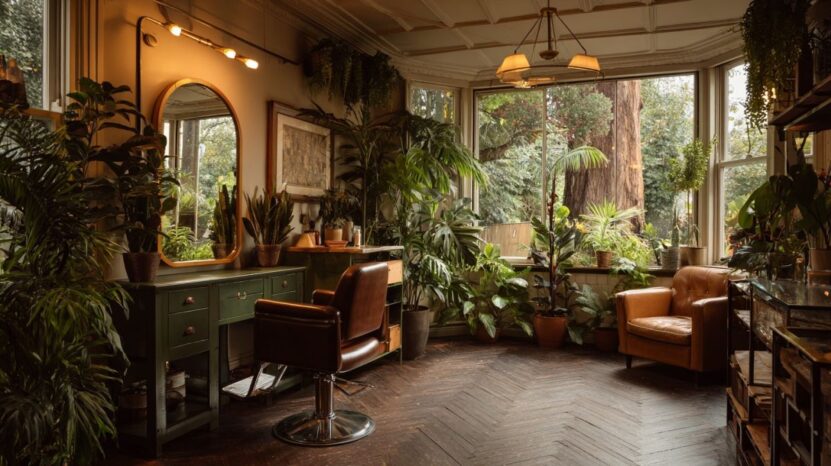
Signage and promotional materials that make your salon instantly recognizable.
Photography backdrops that enhance image quality for social media, ensuring your online presence reflects the same level of professionalism as your physical space.

A well-chosen backdrop can:
- Eliminate distracting backgrounds and keep attention on the service or result.
- Provide consistent brand colors and style in every shot.
- Create a flattering, well-lit environment that makes hairstyles and treatments look their best.
- Support cohesive visual branding across platforms like Instagram, Facebook, and TikTok.
When every visual detail, both in person and online, works together, your home salon not only impresses clients during their visit but also attracts new ones through a professional, high-quality digital presence.
Plan the Layout for Flow and Comfort
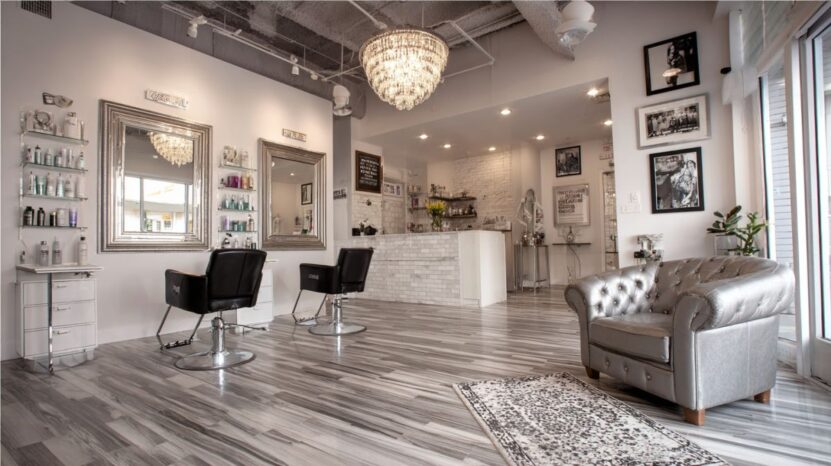
Clients feel more at ease when they can move through the space without delays or confusion, while stylists benefit from a setup that minimizes wasted time and effort.
Creating a thoughtful floor plan involves balancing function, safety, and aesthetics so that every square foot works to support the business.
Each zone of the salon should be clearly defined and strategically placed to meet specific needs.
The proportions of each area influence both comfort and productivity, which makes careful allocation essential:
- 20–25% for cutting stations: allows for adequate spacing between chairs to maintain privacy and give stylists room to maneuver without crowding clients.
- 20–25% for the color zone: ensures enough counter space for products and mixing, with seating that keeps clients comfortable during longer treatments.
- 10–15% for shampoo areas: accommodates wash units, ergonomic chairs, and sufficient room for stylists to work without strain.
- 15–20% for reception and retail displays: creates a welcoming first impression while offering easy product browsing.
- Around 20% for back-of-house needs: provides storage for supplies, laundry space, and a break area for staff.
Movement through the salon should follow a logical path, starting at the reception desk, flowing through cutting and treatment stations, then shampooing, and concluding at checkout.
It reduces congestion and creates a smooth, pleasant client journey.
Stylists need unobstructed access to tools and supplies, which can be achieved by positioning workstations near essential storage areas.
Plumbing and electrical systems should be mapped out early to prevent disruptive changes during construction.
Accessibility features, such as wider aisles and ramp access, make the salon more inclusive and comfortable for everyone. A well-balanced layout supports both operational efficiency and an atmosphere that encourages clients to return.
Choose a Design Style That Fits Your Brand
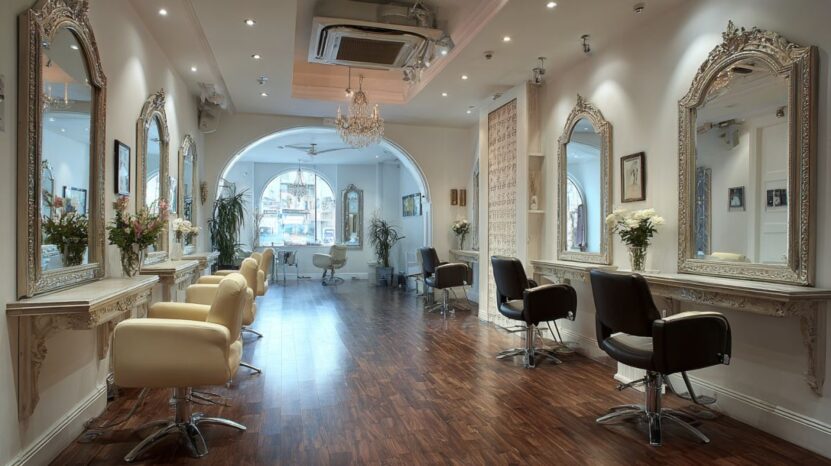
Every choice in colors, furniture, materials, and finishes should reinforce the brand personality and create an environment where clients feel aligned with the experience being offered.
Consistency in design builds recognition and strengthens the brand’s presence in the minds of customers.
Popular design directions can inspire the selection process:
- Minimalist/Scandinavian: features clean lines, light neutral tones, and uncluttered layouts that convey calmness and simplicity.
- Natural/Zen: uses wood accents, indoor plants, and eco-conscious materials to promote relaxation and wellness.
- Glam/Art Deco: embraces metallic finishes, luxurious fabrics, and bold lighting fixtures for a glamorous and high-end look that makes a statement.
- Industrial Chic: showcases exposed brick, metal elements, and striking light fixtures for an edgy, modern atmosphere.
- Retro/Vintage: brings in nostalgic furniture, vivid color combinations, and authentic décor elements that recall a specific era, creating a memorable and fun environment.
- Maximalist: thrives on bold patterns, layered textures, and dramatic decorative accents, offering a visually stimulating experience that celebrates individuality.
Aligning the chosen style with the salon’s mission ensures that every design decision feels deliberate and connected.
Clients notice when a space reflects a clear vision, and that recognition helps build trust and loyalty while setting the salon apart in a competitive market.
Key Design Elements for a Professional Look
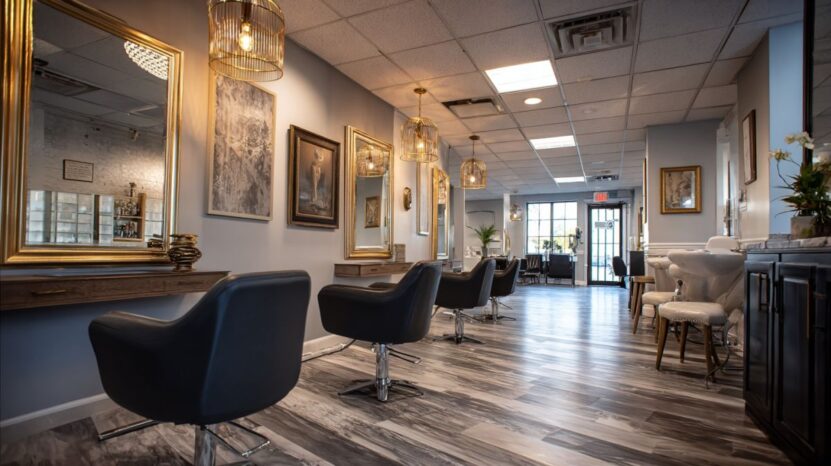
Design elements bring function and visual impact together. Lighting, furniture, flooring, and finishes must not only serve practical purposes but also reflect brand character.
Important elements to prioritize:
- Lighting: blend ambient, task, and accent lighting for both precision and mood.
- Mirrors: consider smart mirrors for a tech-forward edge.
- Flooring: durable, easy-to-clean options like vinyl, tile, or marble.
- Furniture: comfortable, functional, and consistent with the brand’s style.
- Color palette: select tones that convey the right mood, with accents for interest.
- Textures and patterns: add dimension through wood panels, 3D tiles, or fabrics.
Every element plays a role in creating a cohesive, professional image that supports both the stylist’s workflow and the client’s experience.
Retail & Reception Area Design
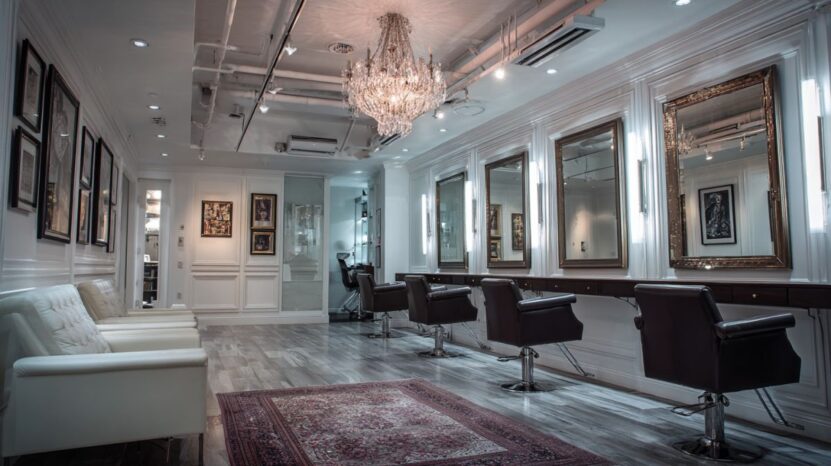
An inviting reception area sets expectations for the entire visit. This space should communicate warmth, professionalism, and brand personality immediately upon entry.
Design strategies for this zone:
- Product displays: attractive yet uncluttered arrangements for easy browsing.
- Seating area: comfortable chairs or sofas with refreshments or reading materials.
- Signage: clear and branded to reinforce salon identity.
- Product placement: positioning items near checkout to encourage impulse buys.
A well-designed reception area creates an excellent first impression and strengthens the relationship between stylist and client before services even begin.
Storage & Organization
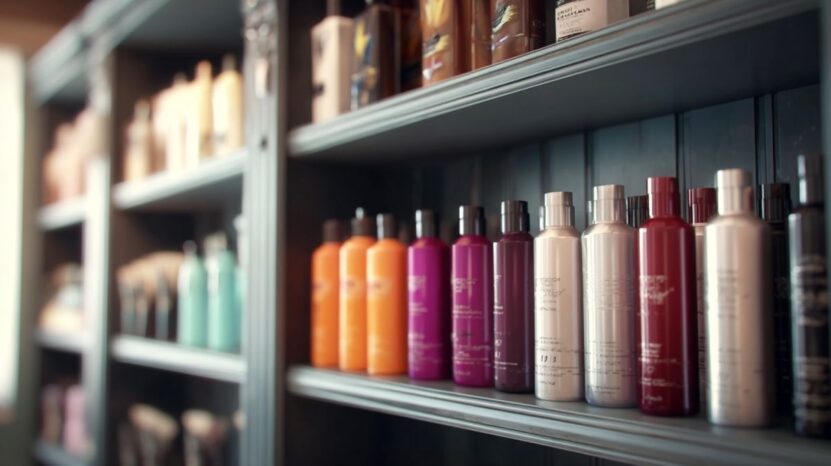
A tidy salon signals professionalism and efficiency.
Proper storage keeps tools and products within reach while hiding personal or household items that could disrupt the professional image.
Storage solutions to implement:
- Built-in cabinetry: keeps tools and supplies organized.
- Hidden storage: conceals non-salon items to maintain a professional atmosphere.
- Vertical shelving and wall-mounted racks: maximizes floor space in smaller areas.
- Labeling systems: ensures quick access to products and tools.
Well-planned organization boosts productivity, reduces clutter, and creates a seamless work environment for stylists and a polished setting for clients.
Summary
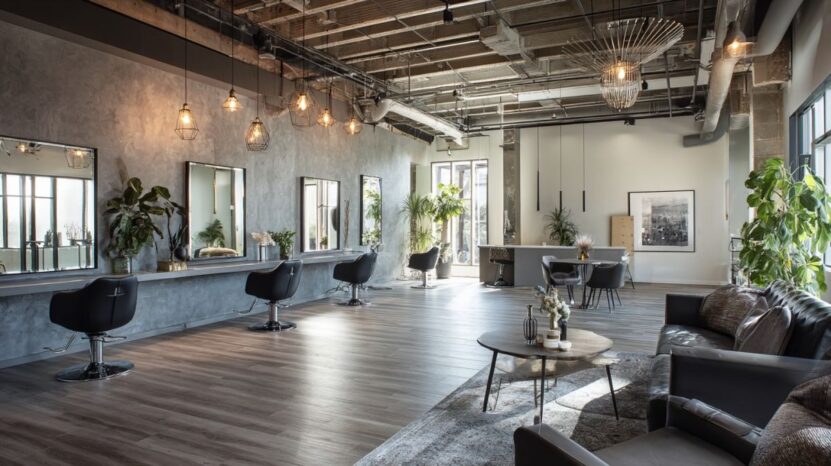
A professional home salon is the result of harmonizing layout, brand-focused style, and functional design.
Every detail, from lighting and furniture to retail displays and storage, contributes to a cohesive experience.
Infusing personal flair while maintaining a high standard of professionalism allows a home-based salon to rival commercial spaces in both aesthetics and service quality.
